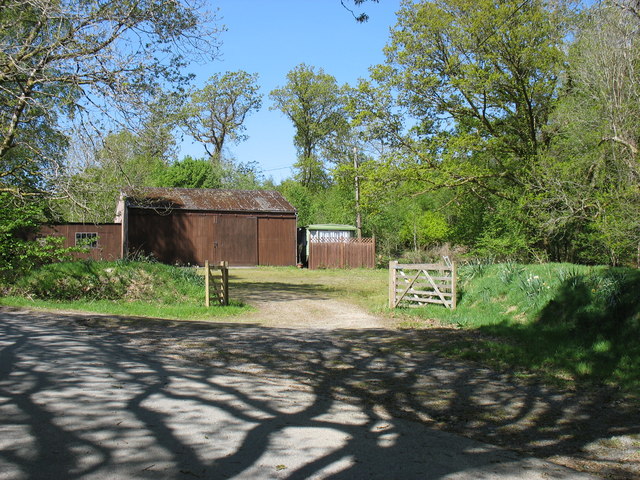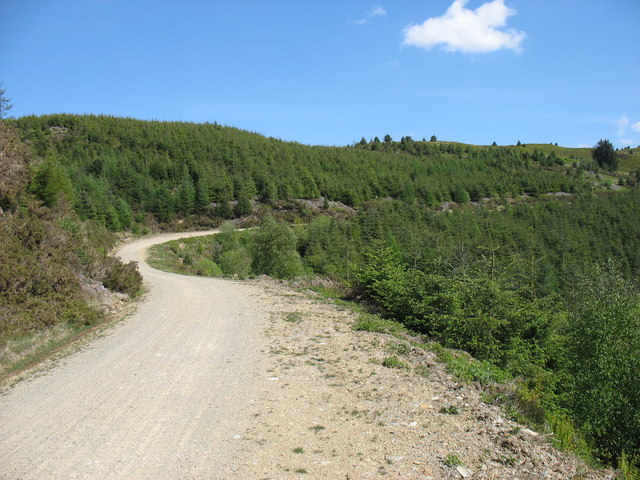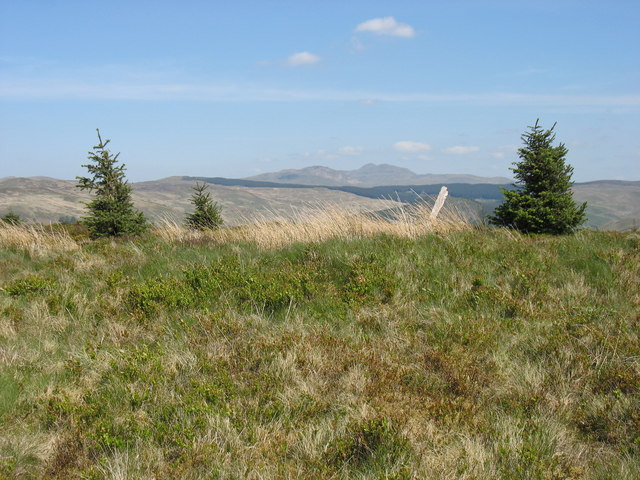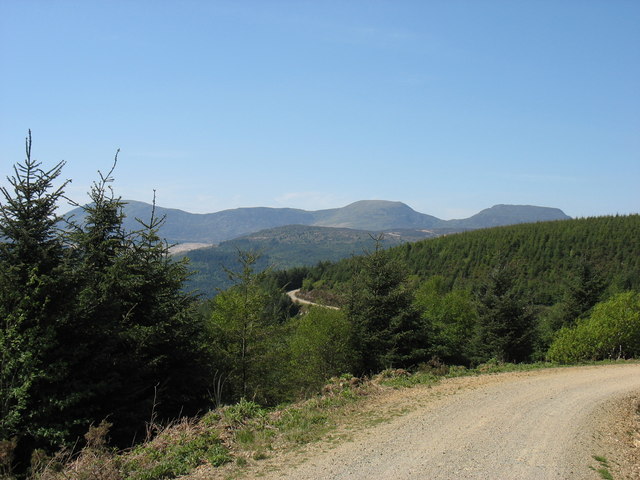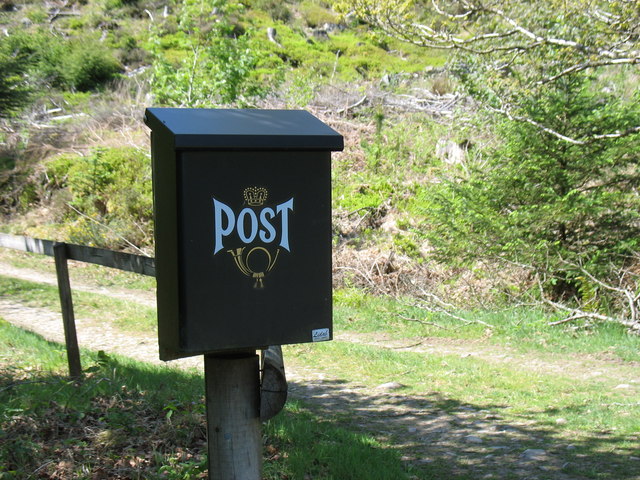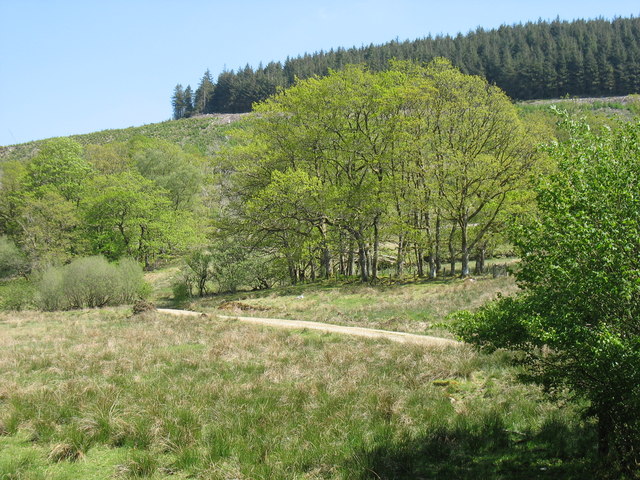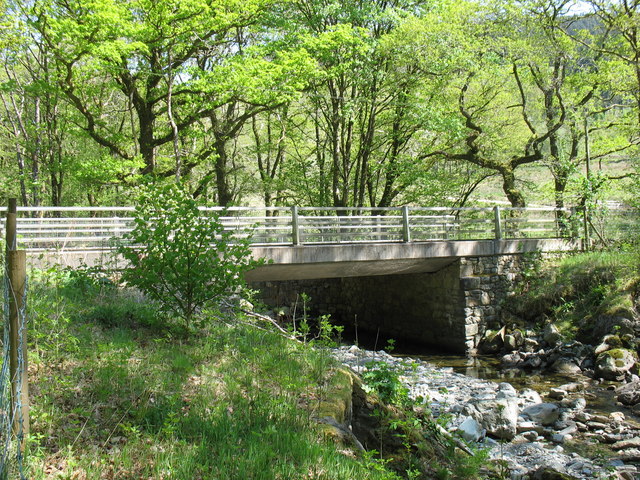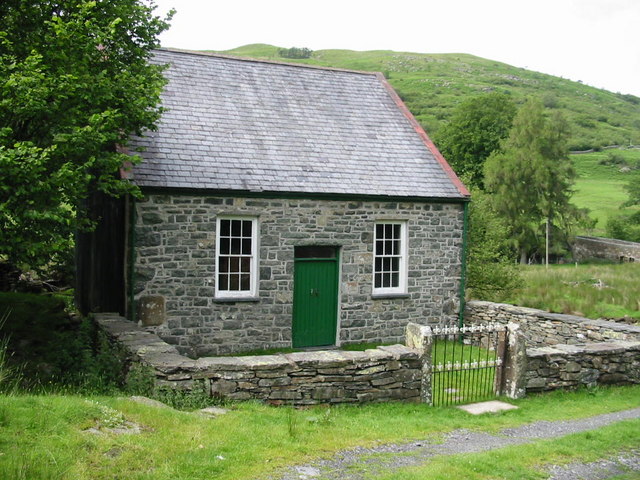Coed Cae-du
Wood, Forest in Merionethshire
Wales
Coed Cae-du
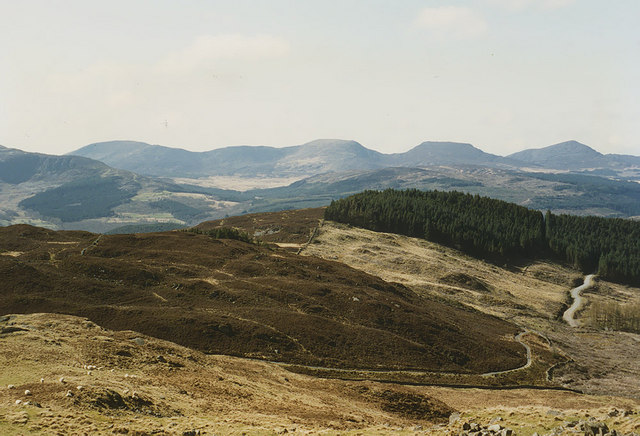
Coed Cae-du, located in Merionethshire, is a picturesque woodland area renowned for its breathtaking natural beauty. Situated in the heart of North Wales, this ancient forest covers a vast expanse of land, offering visitors a tranquil retreat amidst nature's splendor.
Home to a diverse array of flora and fauna, Coed Cae-du boasts an impressive variety of tree species, including oak, beech, birch, and pine. The dense canopy provides a haven for numerous woodland creatures, such as deer, badgers, foxes, and a plethora of bird species. Nature enthusiasts can expect to witness an abundance of wildlife in their natural habitat while exploring the forest's well-maintained trails.
The forest's enchanting atmosphere is further enhanced by a series of babbling brooks and small waterfalls that meander through the landscape, creating a soothing soundtrack for visitors to enjoy. These water features also contribute to the rich biodiversity of the area, providing a habitat for various aquatic plants and animals.
Coed Cae-du has long been cherished by locals and tourists alike for its recreational opportunities. The forest offers a range of activities, including hiking, cycling, and picnicking, making it an ideal destination for outdoor enthusiasts and families seeking a day of adventure and relaxation.
For those seeking a deeper connection with nature, the forest also offers opportunities for wildlife spotting, birdwatching, and even wild camping in designated areas. The peaceful ambiance and stunning scenery make Coed Cae-du a popular destination for nature photography and painting enthusiasts as well.
In summary, Coed Cae-du in Merionethshire is a majestic woodland retreat that offers visitors a chance to immerse themselves in the beauty of nature. With its diverse flora and fauna, tranquil water features, and recreational opportunities, this forest is a must-visit destination for nature lovers seeking a truly memorable experience.
If you have any feedback on the listing, please let us know in the comments section below.
Coed Cae-du Images
Images are sourced within 2km of 52.822894/-3.8375727 or Grid Reference SH7626. Thanks to Geograph Open Source API. All images are credited.
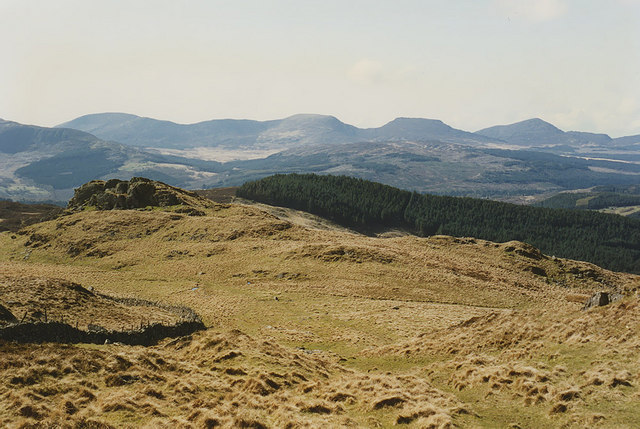
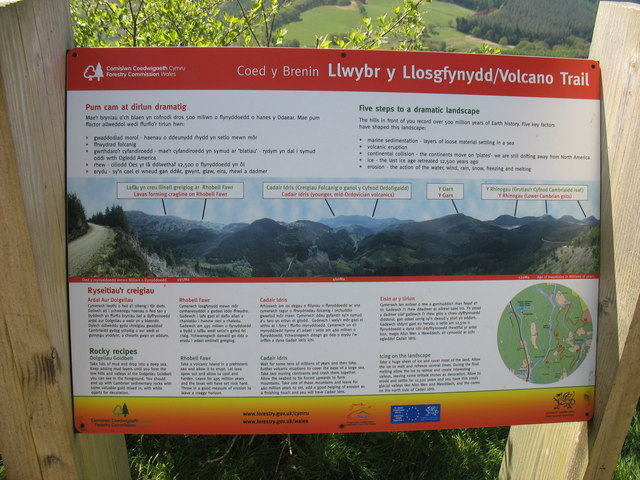
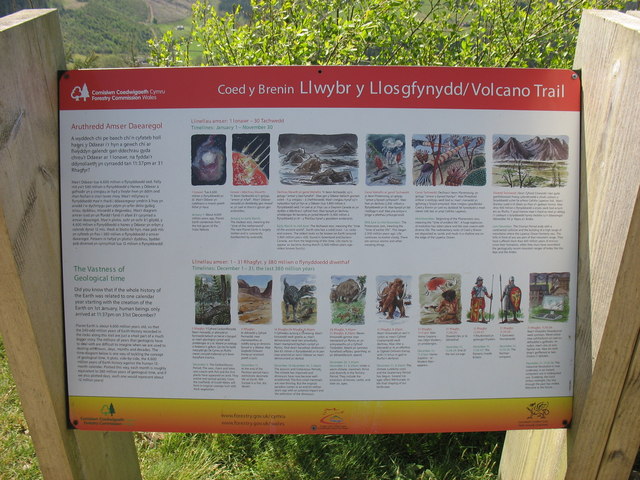



Coed Cae-du is located at Grid Ref: SH7626 (Lat: 52.822894, Lng: -3.8375727)
Unitary Authority: Gwynedd
Police Authority: North Wales
What 3 Words
///speaker.prevents.thousands. Near Bronaber, Gwynedd
Nearby Locations
Related Wikis
Merionethshire
Until 1974, Merionethshire or Merioneth (Welsh: Meirionnydd or Sir Feirionnydd) was an administrative county in the north-west of Wales, later classed...
Abergeirw
Abergeirw is a hamlet located in Gwynedd, North Wales. The village of nine properties is located between Dolgellau and Trawsfynydd. On 19 December 2008...
Rhobell Fawr
Rhobell Fawr is the site of an ancient volcano that was active during the Early Ordovician period in the Arenig range within the Snowdonia National Park...
Pistyll Cain
Pistyll Cain, also written as Pistill Cain and Pistill Y Caen, is a renowned waterfall in Meirionnydd (Sir Feirionnydd) in north Wales. It lies north-east...
Nearby Amenities
Located within 500m of 52.822894,-3.8375727Have you been to Coed Cae-du?
Leave your review of Coed Cae-du below (or comments, questions and feedback).
